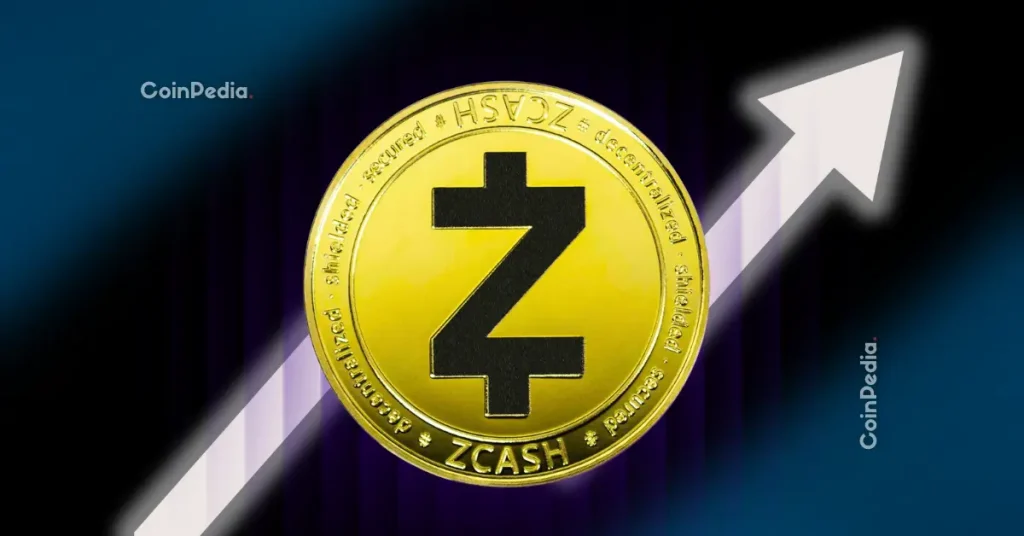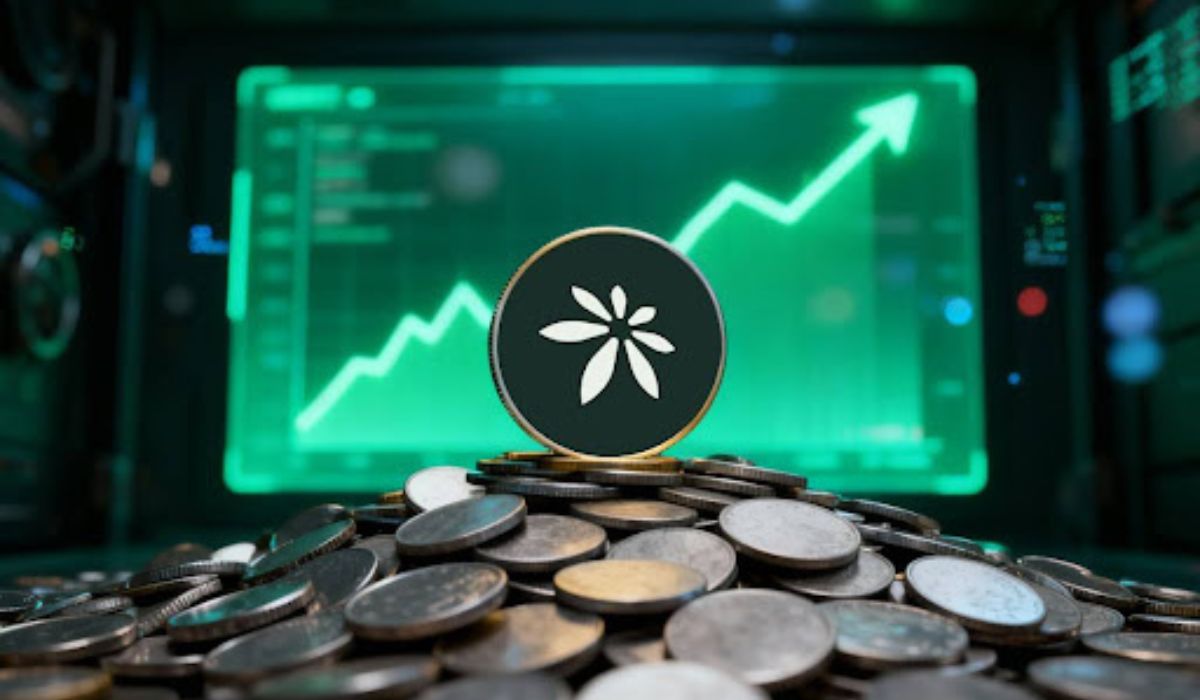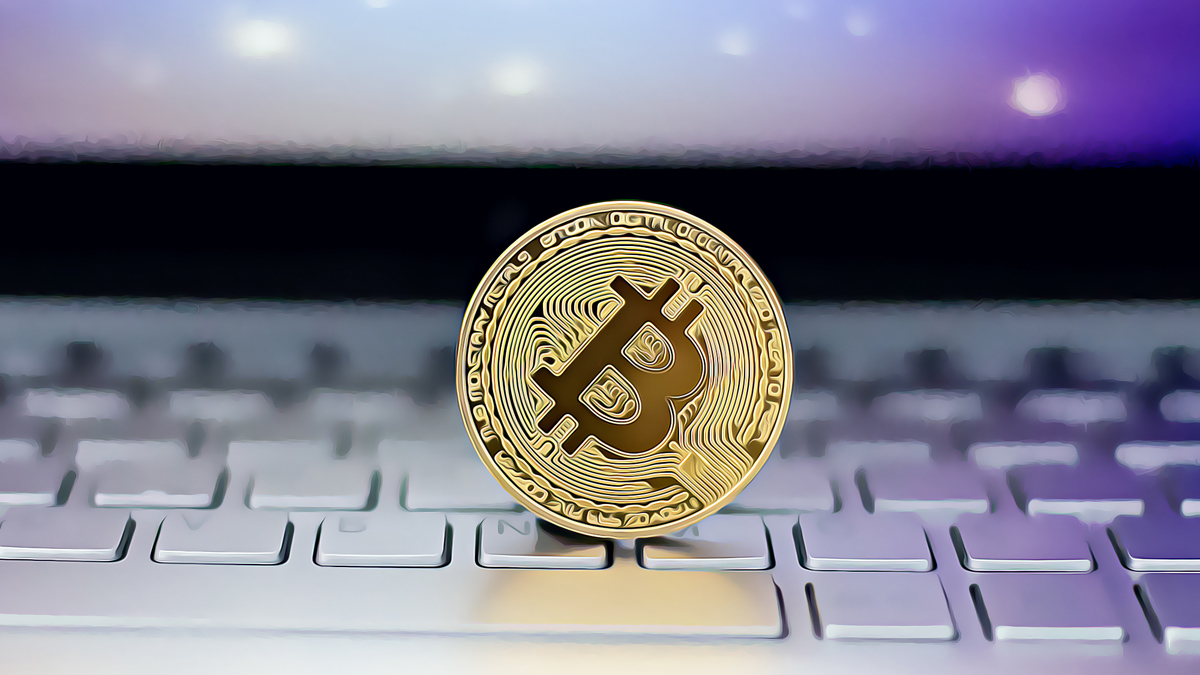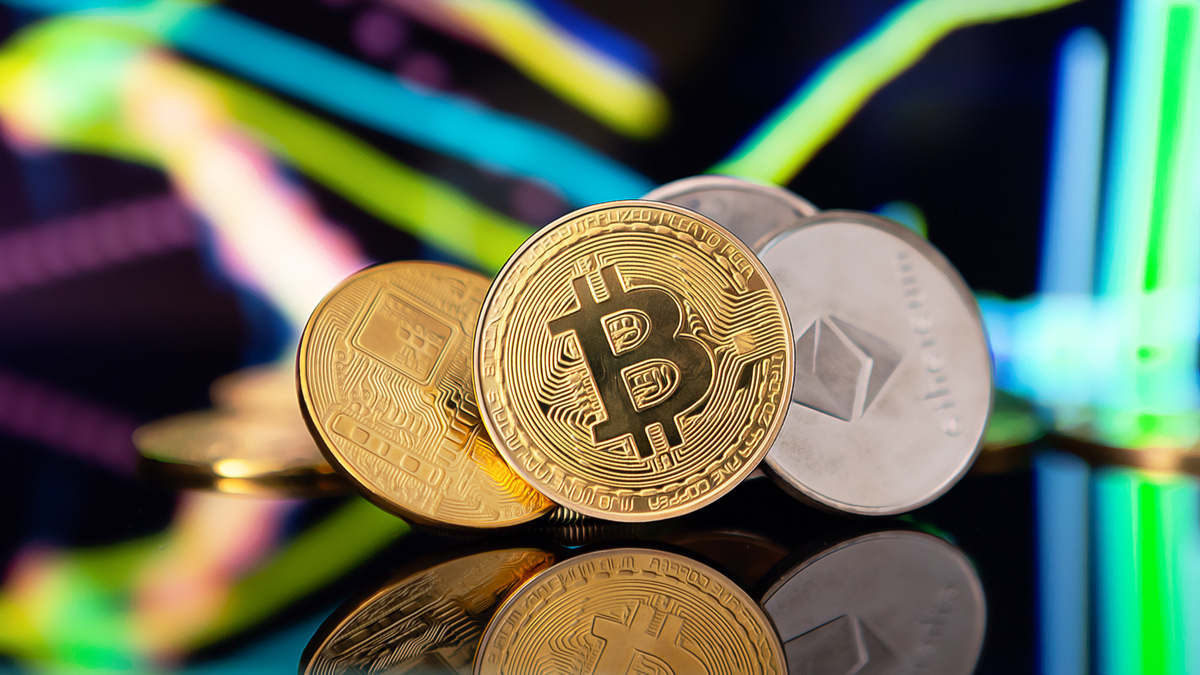Cryptocurrency wallets like Trust Wallet give users complete control of their digital assets. But with great freedom comes great responsibility. Because Trust Wallet is non-custodial, you hold your own private keys, meaning no one can help recover your funds if you fall victim to a scam.
This makes learning how to avoid scams on Trust Wallet one of the most important things for every user, especially beginners. From fake airdrops to phishing links, scammers are becoming more sophisticated every year. In this guide, we’ll explore the most common scams, how they work, and the proven steps you can take to protect yourself and your crypto.
Understanding How Trust Wallet Works
Before we look at the scams, let’s understand what Trust Wallet actually does.
Trust Wallet is a non-custodial mobile wallet that lets users store, send, receive, and swap cryptocurrencies. It supports thousands of tokens across 70+ blockchains and includes built-in access to decentralized apps (DApps).
This means you own your private keys, and therefore full access to your funds. However, it also means that you are solely responsible for security. If someone tricks you into revealing your recovery phrase or connects to a fake DApp, your assets can be stolen instantly.
Common Scams Targeting Trust Wallet Users
Here are the most common scams that target Trust Wallet users, and how to recognize them before it’s too late.
1. Phishing Websites and Fake Apps
Scammers often create fake Trust Wallet websites or lookalike apps to trick users into entering their seed phrases. These sites may look identical to the real one, but once you type in your recovery phrase, your wallet is compromised.
How to avoid:
- Always download Trust Wallet only from official app stores or the official site (trustwallet.com).
- Bookmark the real website and avoid clicking links from messages or ads.
- Never enter your recovery phrase online, Trust Wallet will never ask you to.
2. Fake Customer Support
Fake customer support agents are one of the most effective scams in crypto. These scammers pretend to be Trust Wallet support staff on Telegram, X (Twitter), or Discord. They often reach out when users post about wallet issues.
They’ll ask for your seed phrase, claiming they need it to “help recover your funds.” Once shared, your wallet is emptied within minutes.
How to avoid:
- Trust Wallet does not offer live customer support through Telegram or social media.
- Real support never asks for seed phrases, passwords, or screenshots of your wallet.
- Report any suspicious accounts claiming to be “Trust Wallet support.”
Related article: Trust Wallet vs MetaMask: Which Is Easier for Beginners?
3. Airdrop and Giveaway Scams
You might come across offers promising “free tokens” if you connect your wallet or sign a contract. These fake airdrops often contain malicious smart contracts that allow scammers to drain your funds once approved.
How to avoid:
- Never connect your wallet to random airdrop websites.
- Verify airdrop announcements from official Trust Wallet or project channels.
- Use read-only wallets or secondary wallets for testing unknown DApps.
4. Fake Tokens and Rug Pulls
Another common scam involves fake or fraudulent tokens listed on DEXs (decentralized exchanges). Scammers create tokens that look identical to legitimate ones and pair them with fake liquidity pools. Once people start buying, the scammer removes all liquidity, making the tokens worthless.
How to avoid:
- Always verify the token contract address from official sources (project websites, CoinMarketCap, or CoinGecko).
- Avoid new or unknown tokens that have no trading history or community presence.
- Use DEX aggregators or official Trust Wallet swap integrations for safer trading.
5. NFT ($0.00) and DApp Connection Scams
Many DApps and NFT marketplaces ask for wallet permissions. Some malicious ones request access to “spend” your tokens, granting scammers control over your assets.
How to avoid:
- Review every permission request carefully before approving any connection.
- Use Etherscan or BSCScan to review and revoke unnecessary token approvals.
- Regularly audit your wallet using tools like Revoke.cash.
6. Impersonation on Social Media
Crypto influencers and brands are frequently impersonated on social media to spread scam links. You may see posts promising “staking rewards” or “airdrops” that lead to phishing websites.
How to avoid:
- Double-check usernames and follower counts of official accounts.
- Be cautious with links in comments or replies.
- Follow only verified official profiles of Trust Wallet and related projects.
How to Protect Your Trust Wallet
Security in crypto is mostly about habits, building safe behaviors that make you harder to target. Below are the essential steps to protect your Trust Wallet.
1. Keep Your Recovery Phrase Offline
Your recovery phrase (also called seed phrase) is the master key to your wallet. Anyone who has it can access all your funds.
Tips:
- Write it down on paper and store it safely (never save it on your phone or email).
- Do not take screenshots.
- Store copies in separate physical locations, such as a safe or lockbox.
2. Enable Biometric and App Locks
Trust Wallet allows you to set up biometric locks or PINs to prevent unauthorized access. This adds an extra layer of protection in case someone gains physical access to your phone.
3. Verify DApp Connections
Before connecting your wallet to any DApp, make sure it’s from a legitimate source. You can also:
- Use Trust Wallet’s built-in browser for verified DApps.
- Avoid connecting your wallet to sites you found on random social media ads.
4. Use Multi-Wallet Strategy
Keep multiple wallets for different purposes:
- One for daily transactions.
- One for long-term storage (cold wallet).
- One for testing or interacting with new DApps.
This way, even if one wallet is compromised, your main assets stay protected
5. Stay Updated on Security Alerts
Follow Trust Wallet’s official blog and X (Twitter) page for verified updates. Many scams impersonate new features, so official channels are the best source for real information.
6. Avoid Suspicious Airdrops and Unknown Tokens
If you receive random tokens in your wallet, do not interact with them. Clicking or trying to swap them can trigger malicious contracts.
You can hide unwanted tokens in Trust Wallet instead of deleting them.
7. Check for App Updates Regularly
Always keep your wallet app up to date. Updates often include critical security patches that protect against new types of exploits.
Real-World Example of a Trust Wallet Scam
In 2024, several users reported receiving fake Trust Wallet emails asking them to “verify their wallets” due to “suspicious activity.” These emails included a link to a cloned Trust Wallet login page.
Once users entered their seed phrases, scammers instantly transferred all their funds.
Lesson learned: Trust Wallet never sends emails or messages asking you to verify or unlock your wallet.
Related article: How to Create and Secure a Trust Wallet (Step-by-Step Guide)
Conclusion
Trust Wallet remains one of the safest and most convenient non-custodial wallets available. But safety ultimately depends on the user. Scams in crypto often succeed because they exploit trust, curiosity, or haste.
By learning how scams work and following best practices, from safeguarding your recovery phrase to verifying every DApp, you can protect your assets and enjoy the full benefits of decentralized finance with peace of mind.
Stay alert, stay informed, and remember: in crypto, your security is your responsibility.
FAQs
1. How do I know if a Trust Wallet website is real?
Always visit the official website at trustwallet.com or use verified links from official app stores. Fake sites may look identical, but steal your seed phrase.
2. Can Trust Wallet recover stolen funds?
No. Trust Wallet is non-custodial, meaning you control your assets yourself. Once stolen, funds cannot be recovered.
3. Is it safe to store large amounts of crypto in Trust Wallet?
It’s safe if you follow proper security practices, but long-term holders should consider hardware wallets for maximum protection.
4. What should I do if I receive scam tokens in my wallet?
Ignore and hide them. Do not try to swap or send them, as they may contain malicious contracts.
5. How do I contact official Trust Wallet support?
Visit the official Help Center on TrustWallet.com or open a ticket within the app. Avoid Telegram or social media “support” accounts.
The post How to Avoid Scams When Using Trust Wallet Safely appeared first on FXcrypto News.























 24h Most Popular
24h Most Popular





 Utilities
Utilities